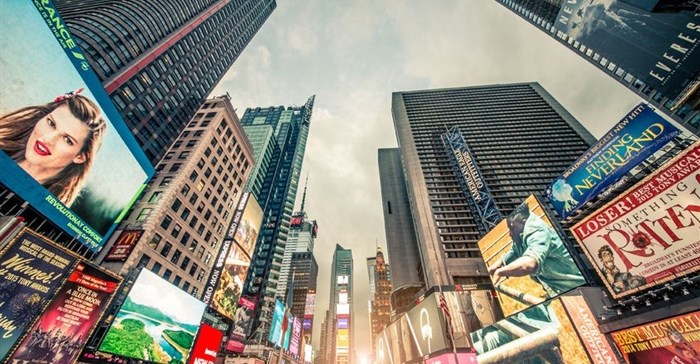#TRENDING: The experience economy

This is the view of Pete Case, chief creative officer of Ogilvy South Africa, who spoke at the Media24 Lifestyle Magazine Summit last week, 22-23 September 2016. He described attention as “the new oil” and that any brand doing the same things as last year are most probably destined for failure.
It was increasingly difficult for brands to grab the attention of consumers, due to the following factors, said Case:
- Massive market competition: not just in the aisle of a supermarket, but online or offline, since the massive amount of choice for consumers made it so difficult for brands to be the one that is chosen.
- Marketing noise: not just in the High Street, but includes online where consumers are often bombarded by five or six different ads, creating a lot of noise.
- Media explosion: the amount of platforms for consumers to choose from and for brands to choose to interact with consumers is growing exponentially.
- Change in the way consumers interact with technology: new technological innovation is proliferating, with Samsung’s flexible screen; the new Leaf electric car where brands are embedding content into the dashboard before it’s even left the showroom…
- Multi-screening: Case said multi-screening was proliferating across all LSMs in South Africa.
- Consumers are interacting with brands differently: consumers are demanding service; and in the online world, there are ad blockers – which the media and agencies are responsible for “because we are obviously producing advertising consumers don’t want to watch”.
- The economy tightening operating margins and marketing budgets.
- Brands bombarded by data without insight.
So how were other brands adapting to this era of massive and constant change? Case described how global brands like Sony Pictures had turned their marketing on its head in how they now market movies. It used to be all about the movie poster and then the movie trailer. Sony now shoots a Master Gif as their first piece of marketing material to be released around a movie so it can be shared and create a buzz, even ahead of the movie trailer.
Case outlined six areas how digital is currently adding value to brands in grabbing the attention of the consumer:
- Usefulness: There are increased opportunities for brands to create a dialogue that consumers feel is valuable, beyond a price point, said Case. In the UK there are now self-scan supermarkets. The insight from this, said Case, is that consumers like doing things for themselves. Online banking is an industry in a similar territory and the airline industry: “You can’t really fly in Europe anymore without a self check-in, something the consumer is enjoying… and it is a point of difference if you are first in the market.”
- Internet of Things: “Everything in time will be connected, allowing us to gain a wider set of intelligence and behavioural data about the consumer. Everything we touch and feel is becoming digitised, growing ways we can create data and use technology to create things for the consumer,” said Case. His agency, Ogilvy, created a KFC campaign to keep restaurant patrons in their seats longer and keep talking about the brand, by creating interactive tables that played new artists that you could listen to if you rested your elbows on the table and put your hands over your ears – this was done by using bone conducting technology. Customers could also put their smartphones on the table to get the artist's info.
- Beyond marketing: Applying technology internally to drive business efficiencies. There is a conversation to be had that goes beyond marketing and up and down the value chain, like Amazon’s 15,000 new robots that are used to fulfil orders and move merchandise around in Amazon’s huge warehouses which stock up to 21 million items, thereby creating massive time savings and taking the pressure off marketing. “We are, as agencies, getting into a lot of these conversations with the innovation officer, CMO, marketing departments, and so on,” said Case.
- Big data: This is the big buzzword that hasn’t made a return on the hype for many South African brands, said Case, because they haven’t been able to sift through the data to give them the insights they want. Data needs to be understood and mined in order to create the right consumer insights that are the most useful.
- Creating reach: Digital is being used globally to create a huge amount of reach and we are moving to a world where anyone can share anything with anyone; and we need to be agile in terms of brands and agencies. “It is about creating experiences that have a larger reach than just the people who see it or experience it.” Case referenced work done by Ogilvy in the US where it created an iconic ‘Museum of Feelings’ in New York for the brand Glade. It was a scent and light driven explosion of creativity with interactive exhibits that thousands of people stood in line for up to four hours to experience while it was exhibited. “It was all branded content and gave people a whole new way to look at Glade.”
- Anti-trend: This is when brands go against the trend, such as one manufacturer that has created a phone that only phones, doesn’t connect to the internet at all. Or the brands that use handwritten letters to connect with customers, instead of an email that only 5-15% of people will open.






















